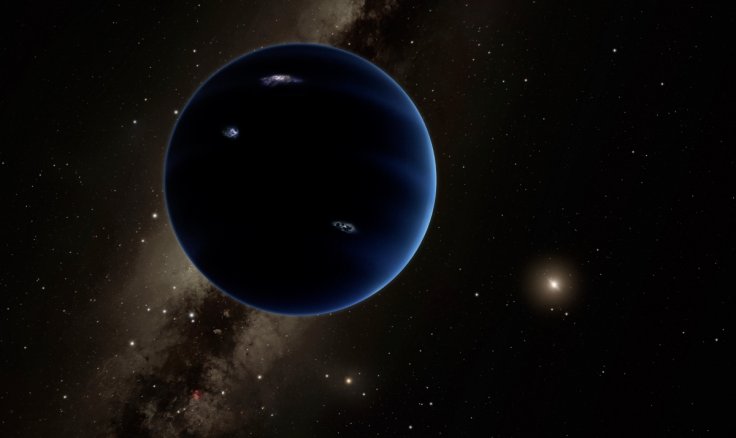
NASA , which has recently begun a probe on the existence of a ninth planet at the edge of our solar system, is confident that it will not hit the earth in the near future.
Using the advanced Subaru Telescope in Hawaii, astronomers find it 10 times the mass of Earth and its distance from the Sun could be around 20 times the distance between Neptune and the Sun.
It is "hiding in the dark, but subtly pulling strings behind the scenes: stretching out the orbits of distant bodies, perhaps even tilting the entire solar system to one side," said NASA researchers.
The existence of this mystery planet has been a topic of raging debates within the science community since the inception of this theory in 2014. Some said that the mystery planet or the Planet Nine could be the missing super-Earth of our solar system, which would have a higher mass than our globe but substantially lower than that of Uranus and Neptune.
There are now five different lines of observational evidence hinting at the existence of Planet Nine. said planetary astrophysicist at the California Institute of Technology (Caltech), Konstantin Batygin. "If you were to remove this explanation and imagine Planet Nine does not exist, then you actually generate more problems than you solve," he said.
Batygin in his research studied the orbits of six space objects situated in the far out Kuiper Belt, which is a region of icy bodies stretching from Neptune into outer space. He found out that all those objects had elliptical orbits around a central point.
Objects from the Kuiper Belt orbit in the opposite direction from everything else present in our solar system, point out the researchers. Only the existence of Planet Nine can explain why these bodies from the far away Kuiper Belt end up "polluting" the inner Kuiper Belt, they added.
"The existence of Planet Nine is the only thing that can explain the weirdness of these high-inclination orbits," said Konstantin Batygin.
Also Read: Massive mysterious hole, 80000 sq km in size, spotted in Antarctica









